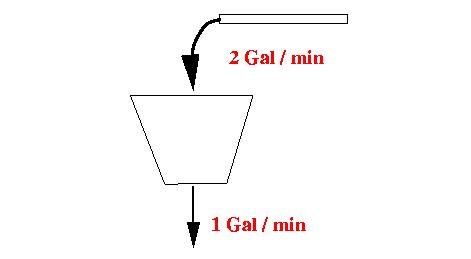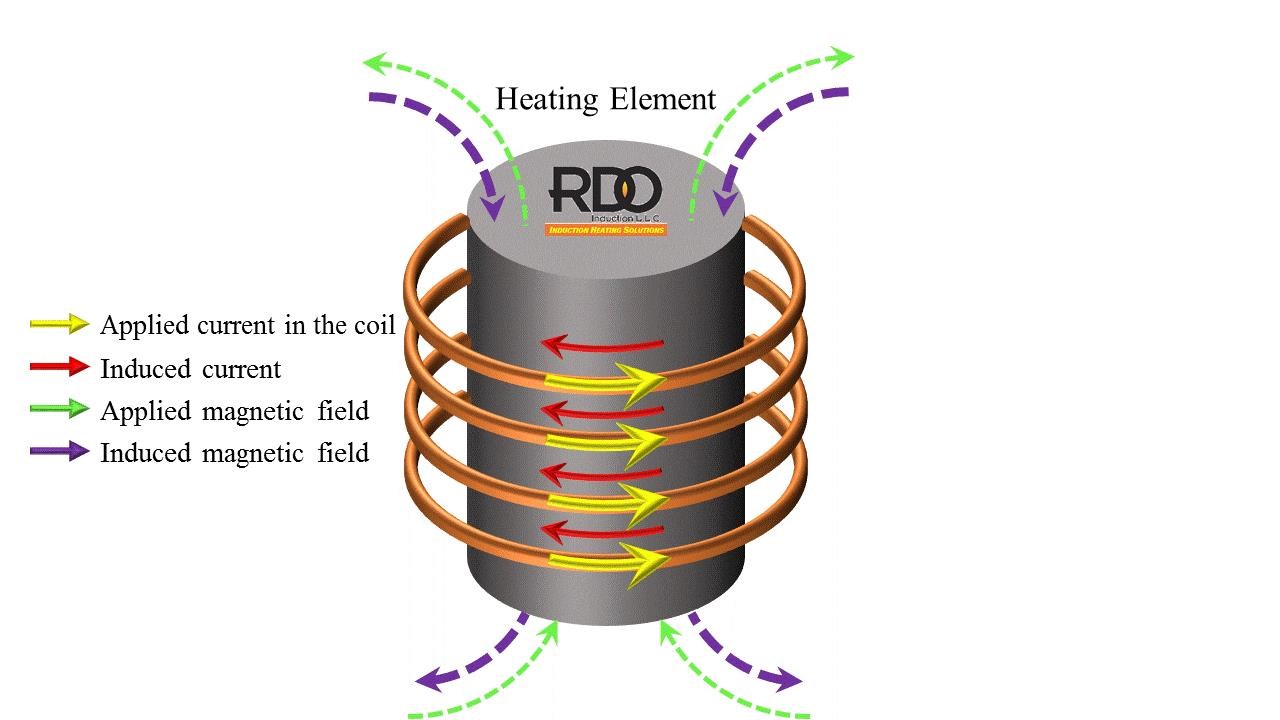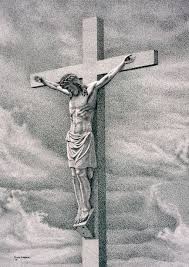Copper and to a lesser extent aluminum reign supreme as the medium for transfer of electrical energy. Read the many advantages they offer here.
i was investigatigating the potential of inductively dissociating hydrogen from salt water. inspired by this
So i ordered some power mosfets suitable for rf frequencies. And in the meanwhile decided to give it a try with a ZVS induction heater with parts i had laying around. i successfully heated a screwdriver red hot, but salt water nothing happened. i started digging around on the effect of induction. here are some of my findings.
Induction heating allows the targeted heating of an applicable item for applications including surface hardening, melting, brazing and soldering and heating to fit. Iron and its alloys respond best to induction heating, due to their ferromagnetic nature. Eddy currents can, however, be generated in any conductor, and magnetic hysteresis can occur in any magnetic material
from wikipedia
so two criterias essential for the process are electrical resistivity and magnetic permeability here are some material comparison for these two factors.
resistivity,p (ohmxm) relative permeability mu
Iron (99.8% pure) 9.70×10−8 5000
copper 1.68×10−8 0.999994
water 2.0×10−1 0.999992
From the above table you could see that copper although a good conductor is not a good transmitter or receiver of electromagnetic induction.
So what makes a good inductor? That's Q-factor.
The winding resistance appears as a resistance in series with the inductor; it is referred to as DCR (DC resistance). This resistance dissipates some of the reactive energy. The quality factor (or Q) of an inductor is the ratio of its inductive reactance to its resistance at a given frequency, and is a measure of its efficiency. The higher the Q factor of the inductor, the closer it approaches the behavior of an ideal inductor. High Q inductors are used with capacitors to make resonant circuits in radio transmitters and receivers. The higher the Q is, the narrower the bandwidth of the resonant circuit.
The Q factor of an inductor is defined as, where L is the inductance, R is the DCR, and the product ωL is the inductive reactance:
- {\displaystyle Q={\frac {\omega L}{R}}}
Q increases linearly with frequency if L and R are constant. Although they are constant at low frequencies, the parameters vary with frequency. For example, skin effect, proximity effect, and core losses increase R with frequency; winding capacitance and variations in permeability with frequency affect L.
frow wikipedia
if R is six times greater its more than offset by L being 5000 times greater. so is iron as a magnet wire have high Q? according to the above criteria yes.
normally the use of copper wire when looking at energy efficiency makes sense but when seeking above unity energy through coil electromagnetic interactions you have got to question coppers role as a limiting factor.
unlike copper, iron coil mounted on transformer can be magnetically conditioned. floyd sweets conditioning maybe related to this and not the magnets.
then i started looking for examples of ferromagnet wire used as inductor and i found this.
anyway you guys seem to be on the right track. i have wound some coils but unlike you guys i have limited equipment. i am now making a signal generator. if you can point me to a way to test the coils please do.thanks
















